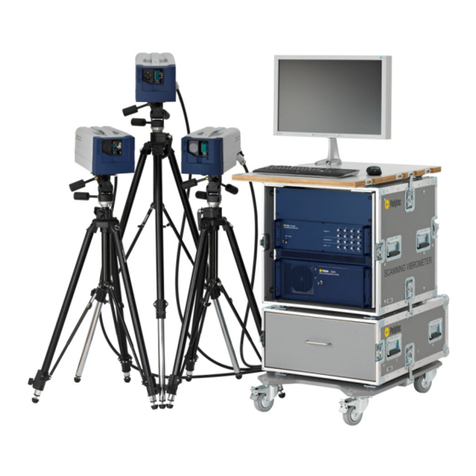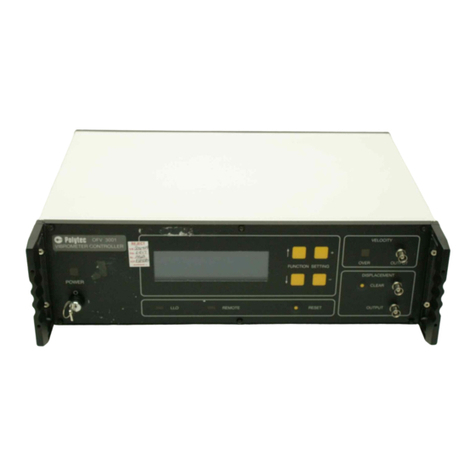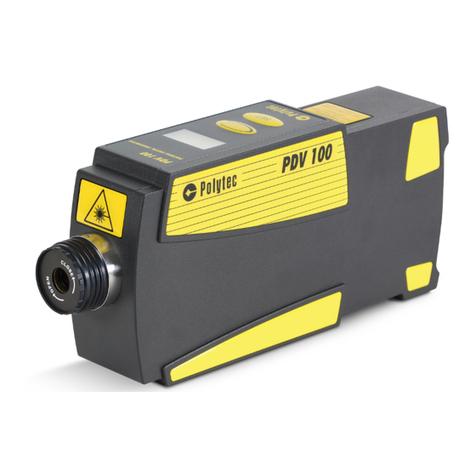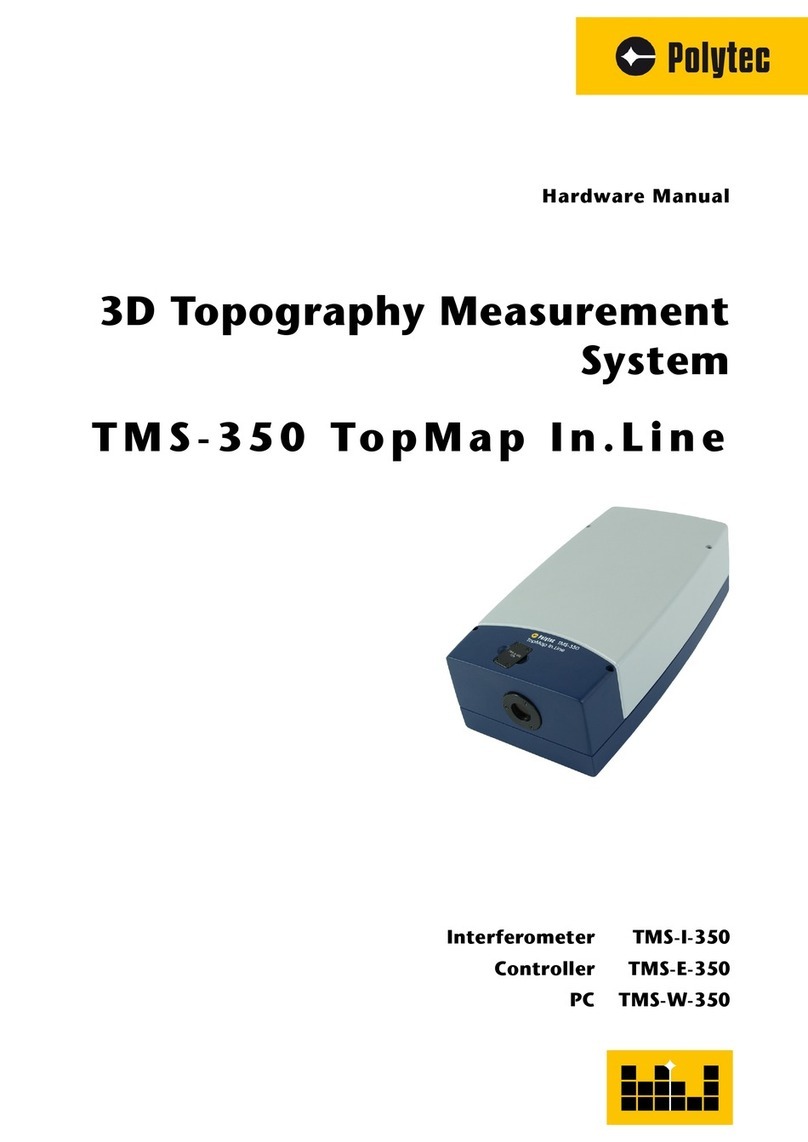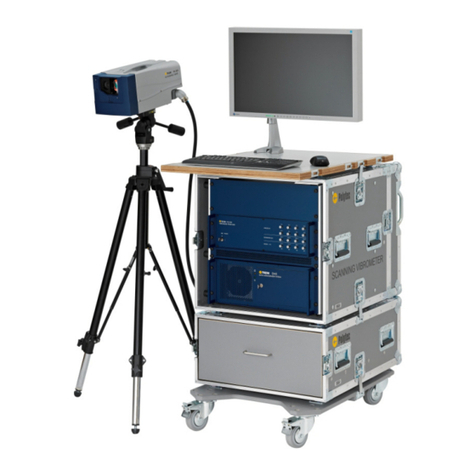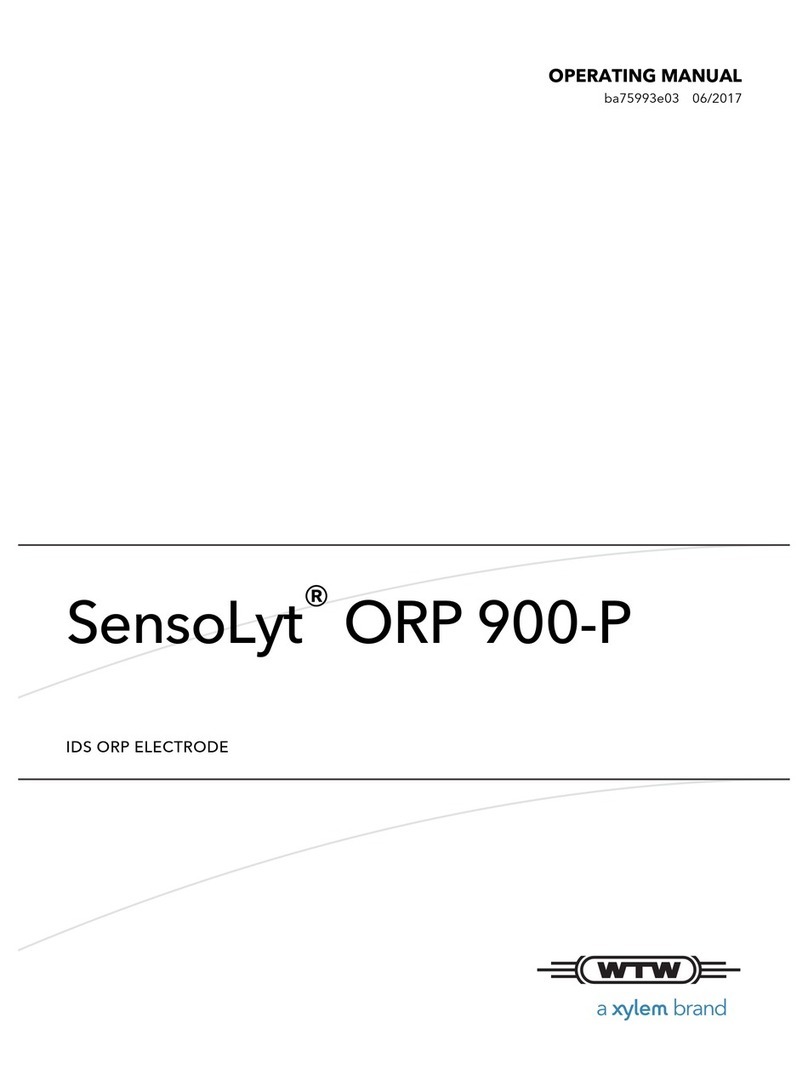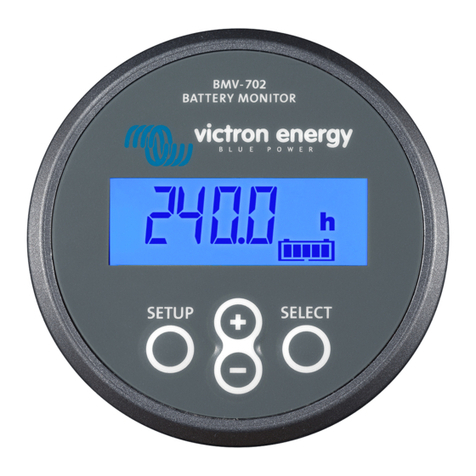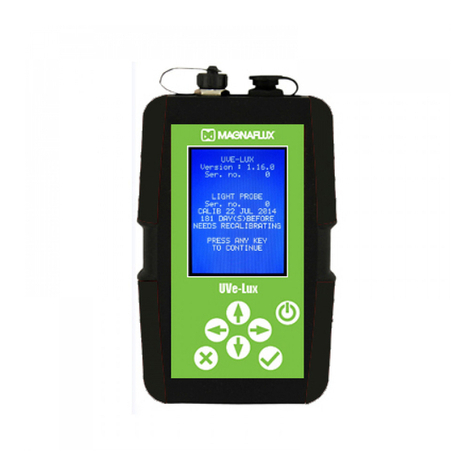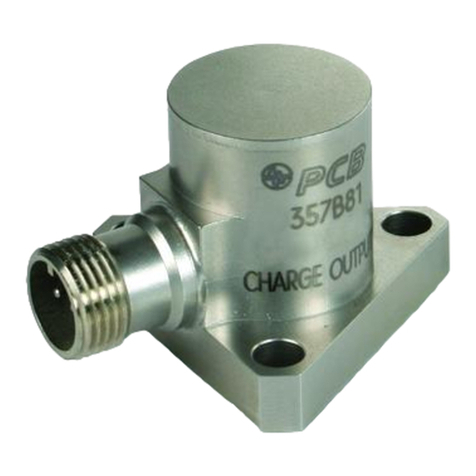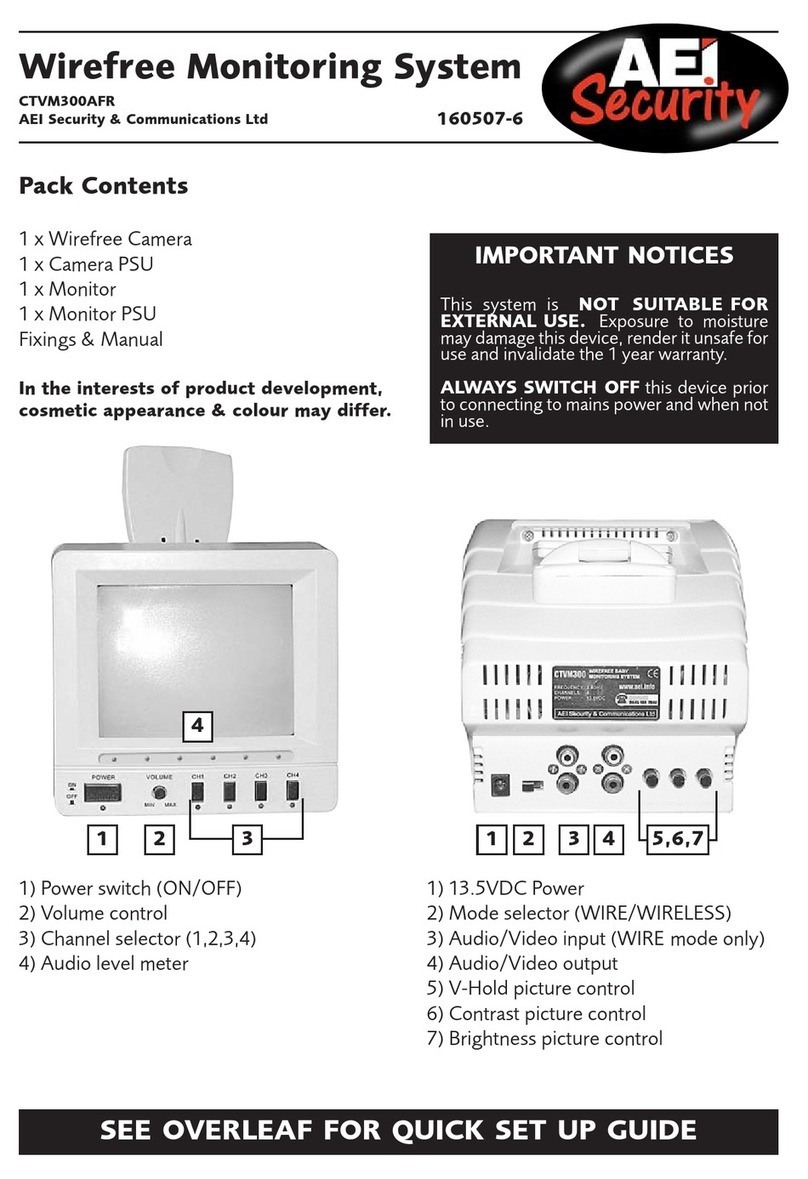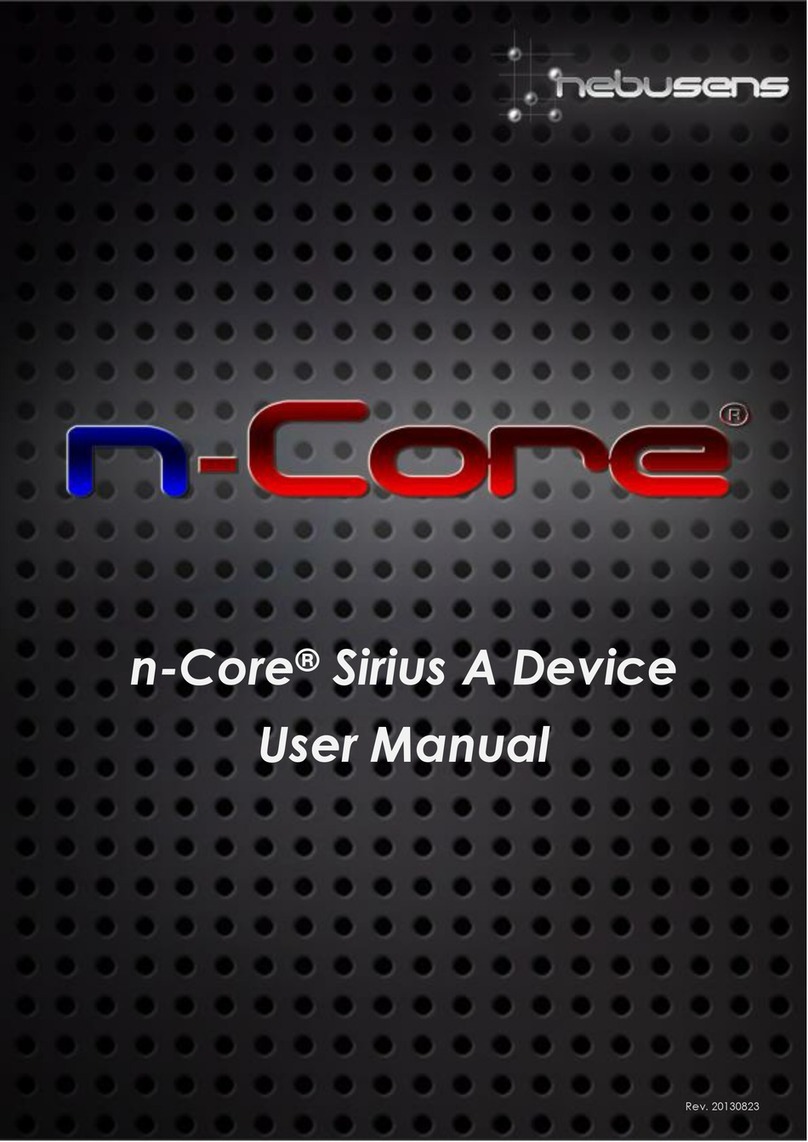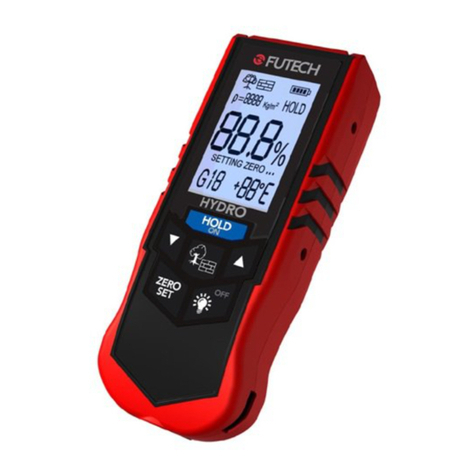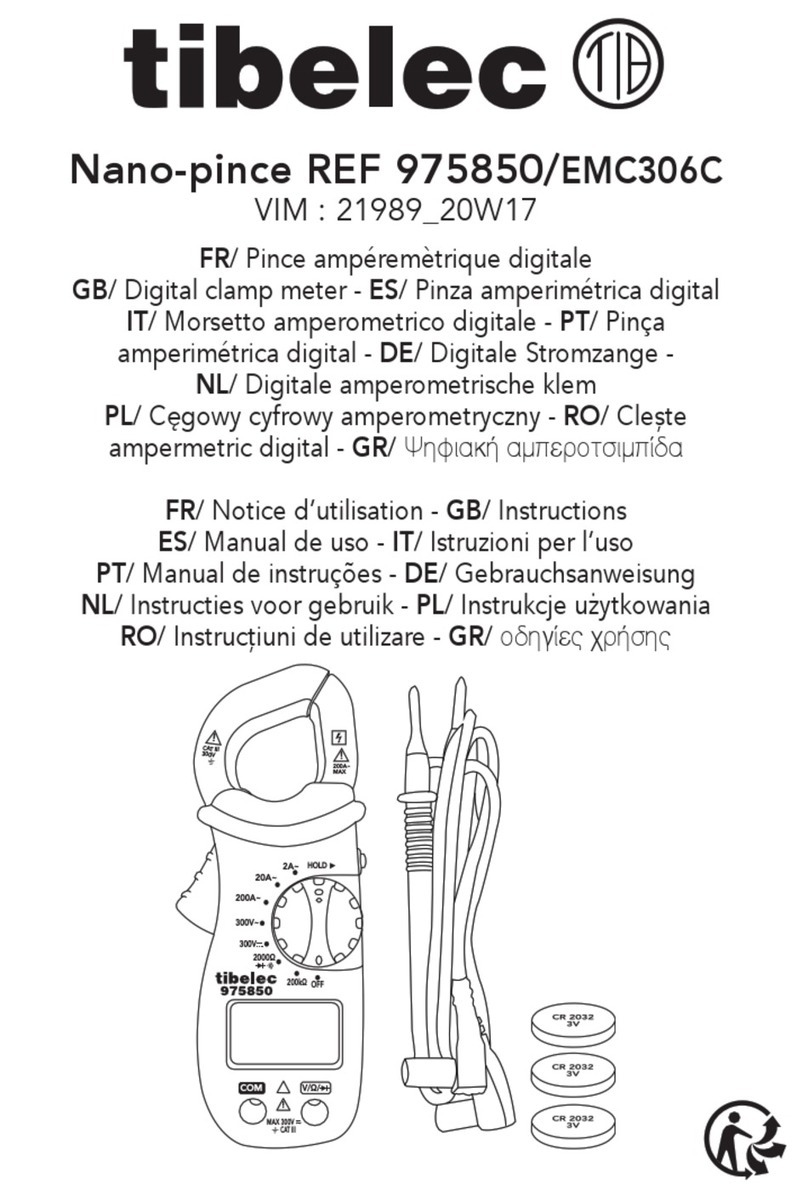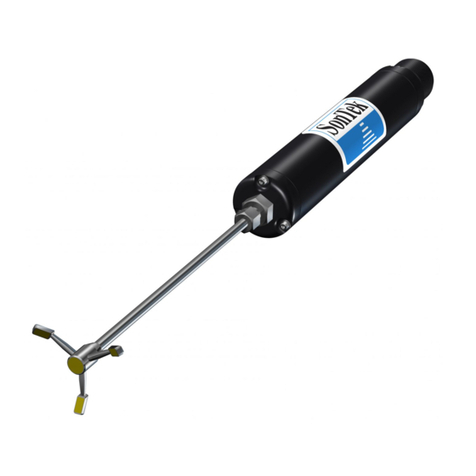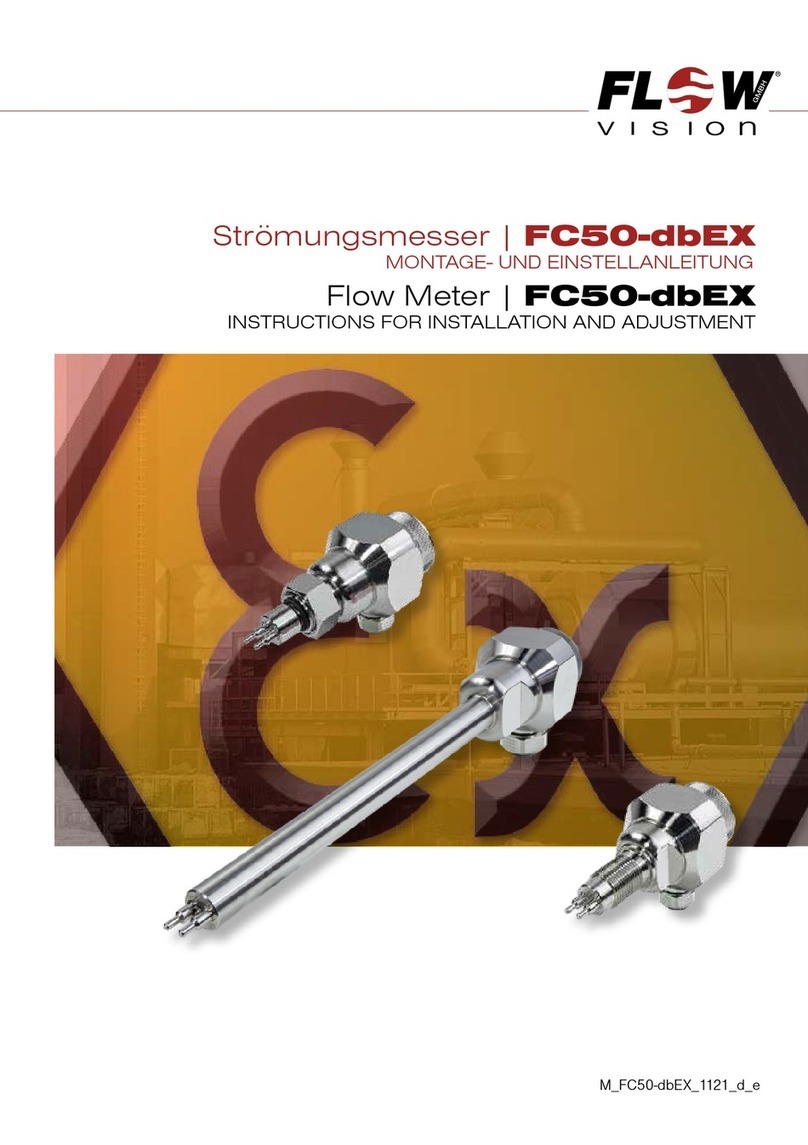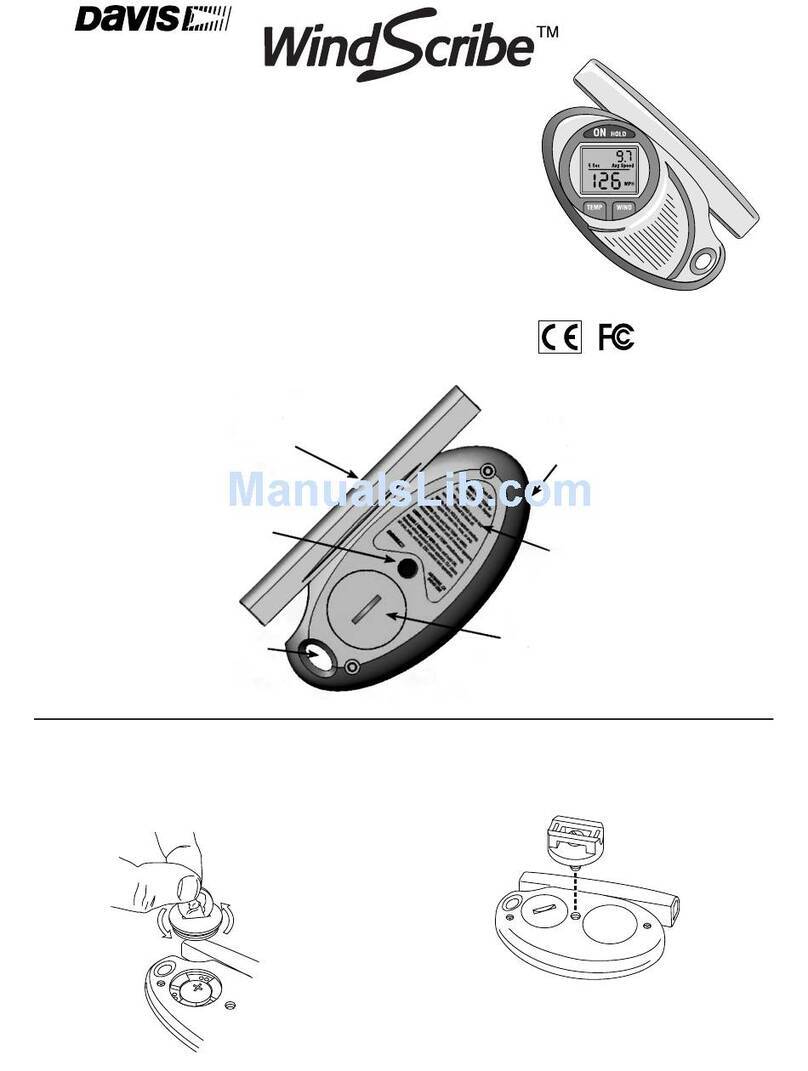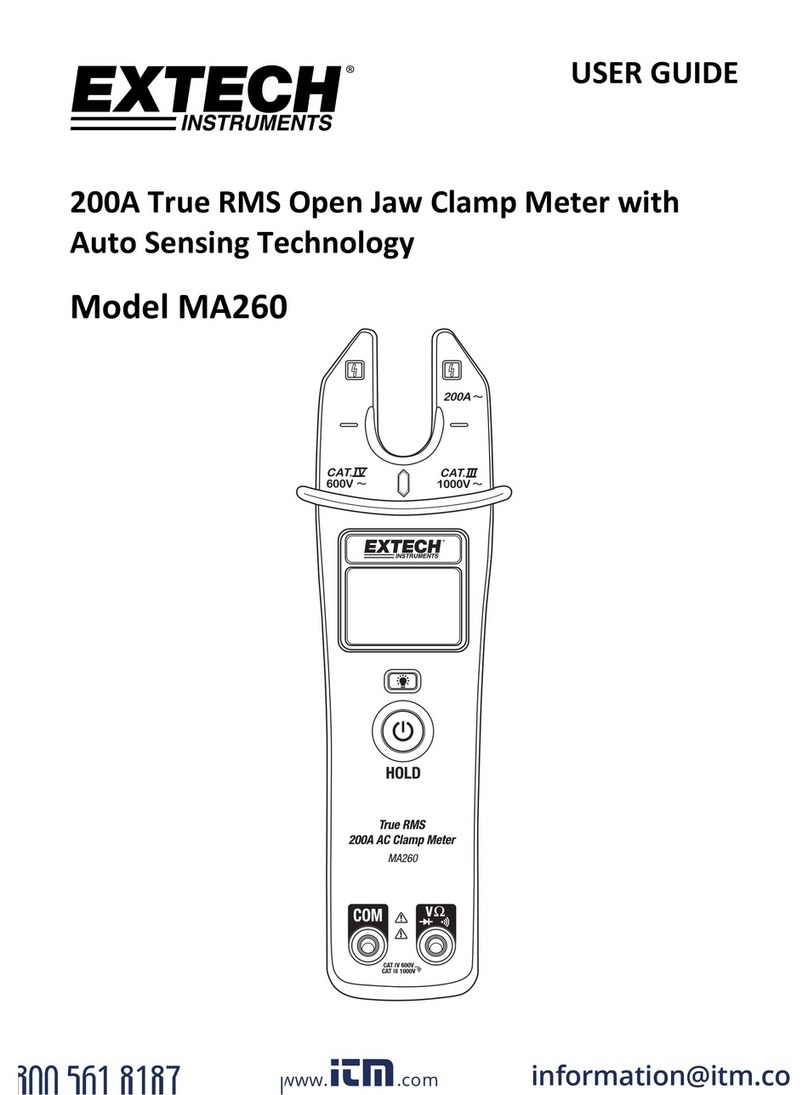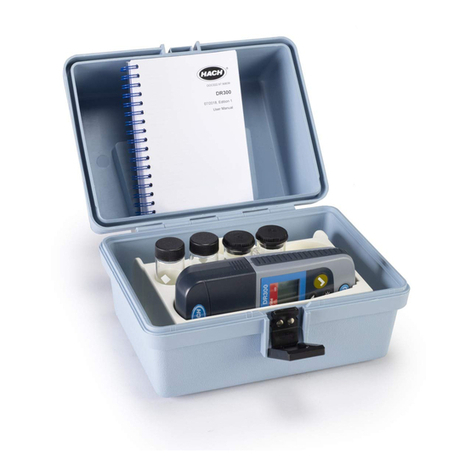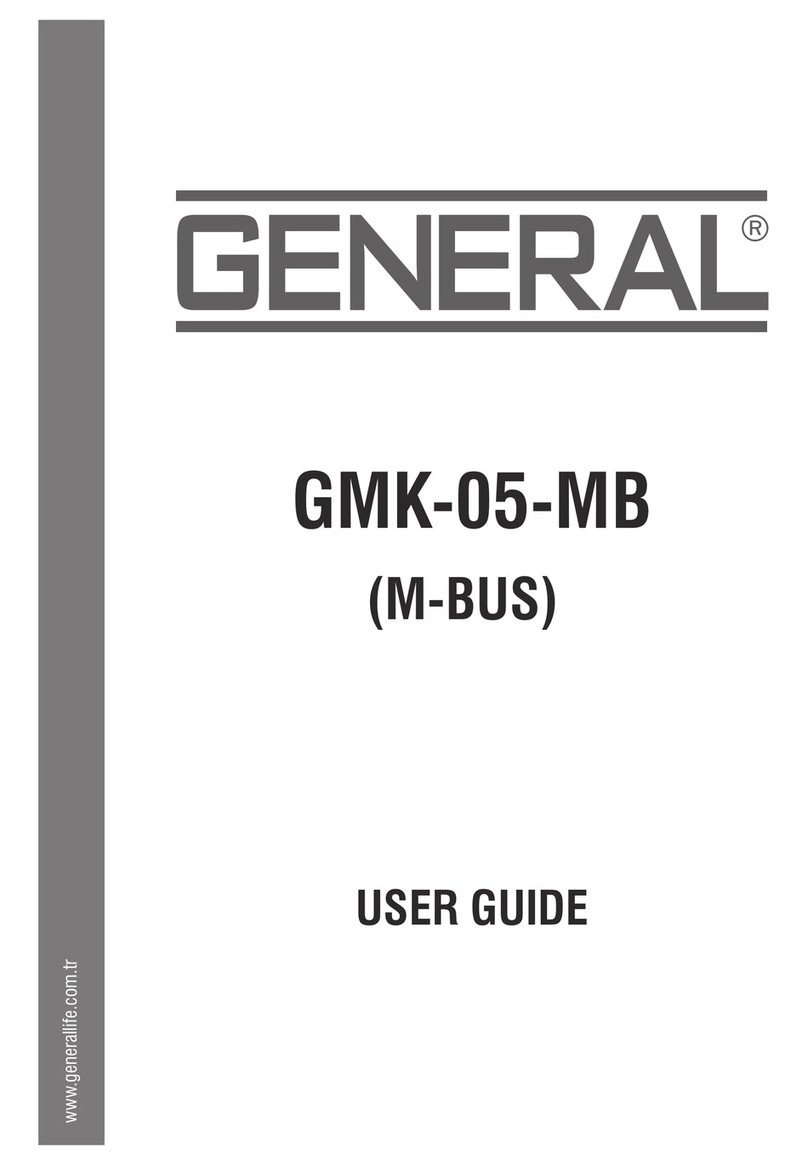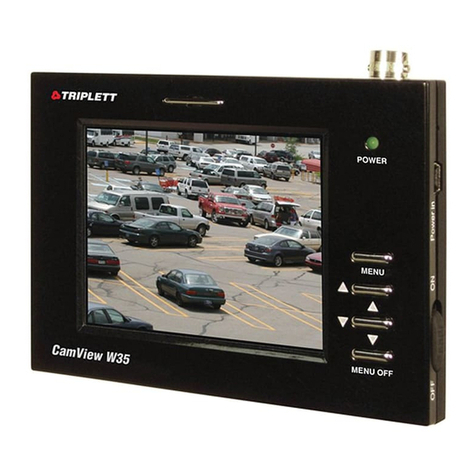
ii
Contents
3 First Steps 3-1
3.1 Unpacking and Inspection ...................................................................................................3-1
3.2 Control Elements, Displays, and Connections .....................................................................3-4
3.2.1 Sensor Head .............................................................................................................3-4
3.2.2 Front-End .................................................................................................................3-5
3.2.3 Controller ..................................................................................................................3-7
3.2.4 Data Management System .......................................................................................3-8
3.3 Assembly ..........................................................................................................................3-12
3.3.1 Sensor Head ...........................................................................................................3-12
3.3.2 Objective Adapter/Objective Turret ..........................................................................3-13
3.3.3 Objective Positioner (with MSA-A-TMS Option) .......................................................3-14
3.3.4 Holder for Objective Positioner (with MSA-A-TMS Option) ......................................3-16
3.4 Cabling .............................................................................................................................3-19
3.4.1 Connecting the Protective Earth Cable ...................................................................3-21
3.4.2 Connecting the Hardware .......................................................................................3-25
3.4.3 Connecting the Signals ...........................................................................................3-31
3.4.4 Connecting the Mains Cables .................................................................................3-33
3.5 Functional Test .................................................................................................................3-33
3.5.1 Out-of-Plane Vibrations ...........................................................................................3-33
3.5.2 In-Plane Vibrations .................................................................................................3-38
3.5.3 Topography Measurement .......................................................................................3-44
4 Operating 4-1
4.1 Software .............................................................................................................................4-1
4.2 Selecting and Exchanging Objectives .................................................................................4-1
4.3 Overview of the Parfocal Lengths of the Objectives ............................................................4-2
5 Troubleshooting 5-1
5.1 General Tests .....................................................................................................................5-1
5.2 Problems Connecting to the Signal Generator ....................................................................5-3
5.3 Problems Connecting to the Front-End ...............................................................................5-3
5.4 No Laser Beam ...................................................................................................................5-4
5.5 Illumination Module in the Sensor Head does not Light up ..................................................5-4
5.6 Laser Beam is Not Pointing at the Scan Points ...................................................................5-4
5.7 Measurement Signal is Faulty .............................................................................................5-5
5.8 Measurement Takes an Unusually Long Time .....................................................................5-5
6 Technical Specifications 6-1
6.1 Harmonized Standards Applied ...........................................................................................6-1
6.2 MSA-I-620 Sensor Head .....................................................................................................6-1
6.2.1 General Data ............................................................................................................6-1
6.2.2 Optics .......................................................................................................................6-5
6.3 MSA-F-620 Front-End .........................................................................................................6-6
6.3.1 General Data ............................................................................................................6-6
6.3.2 Signal Inputs and Outputs .........................................................................................6-7
6.4 MSA-E-600 Controller .........................................................................................................6-8




















